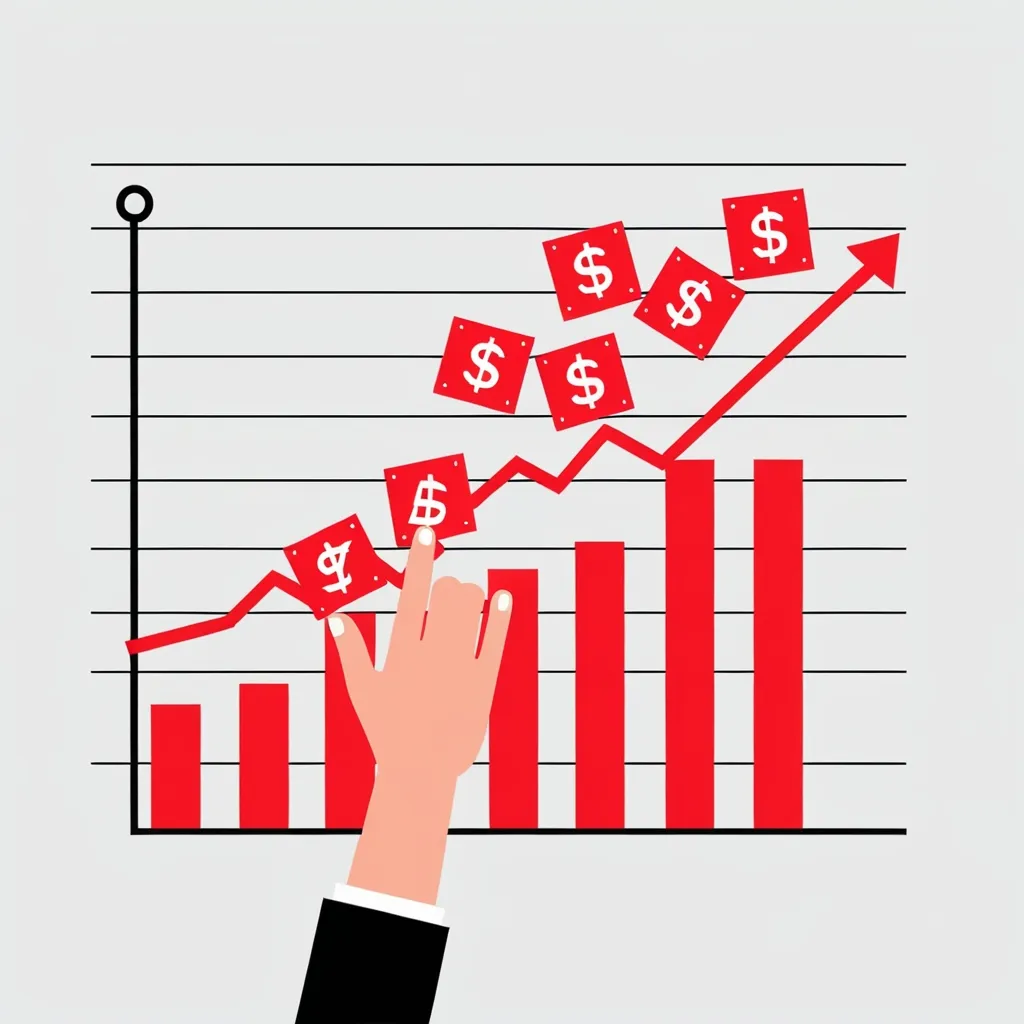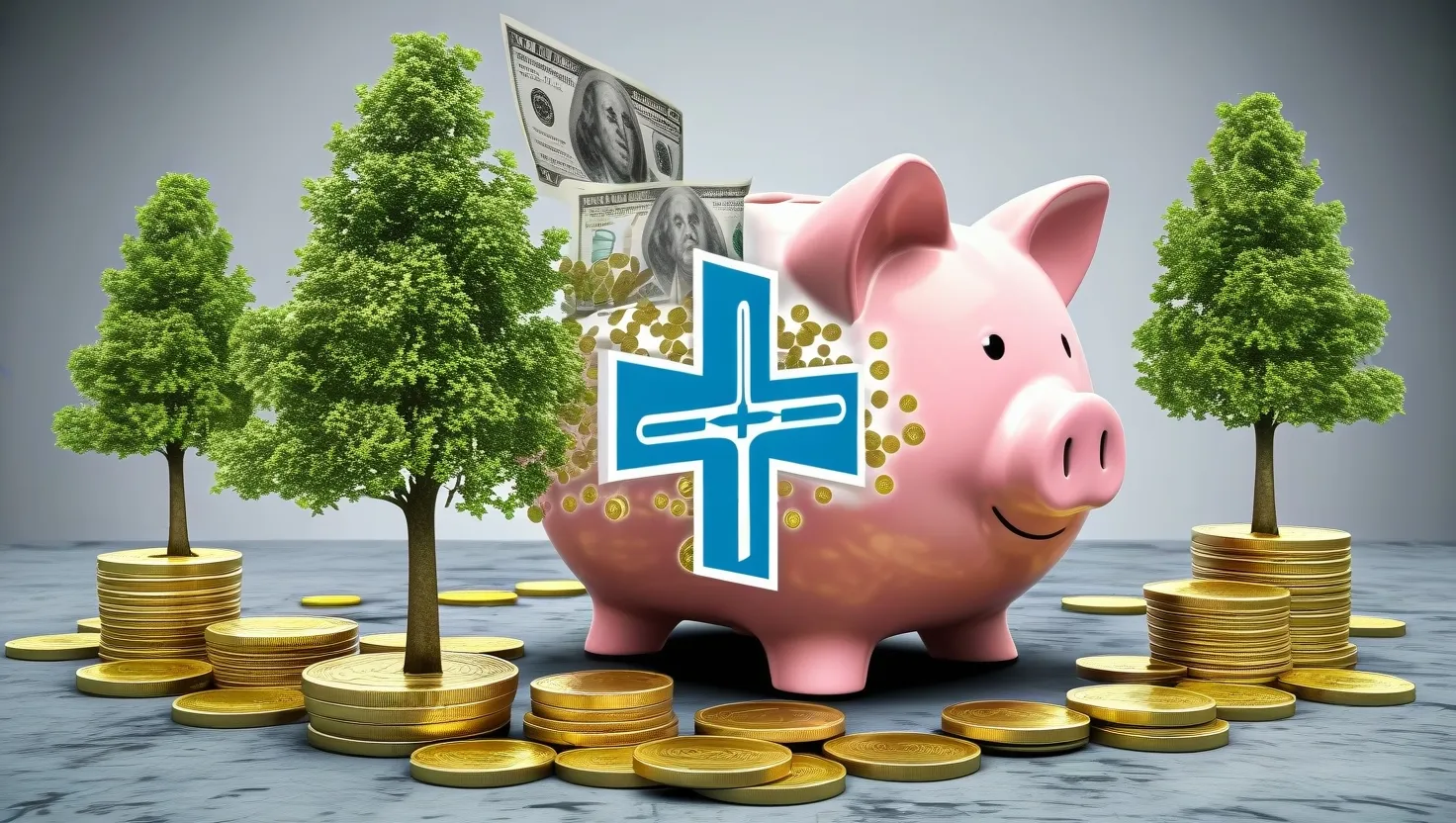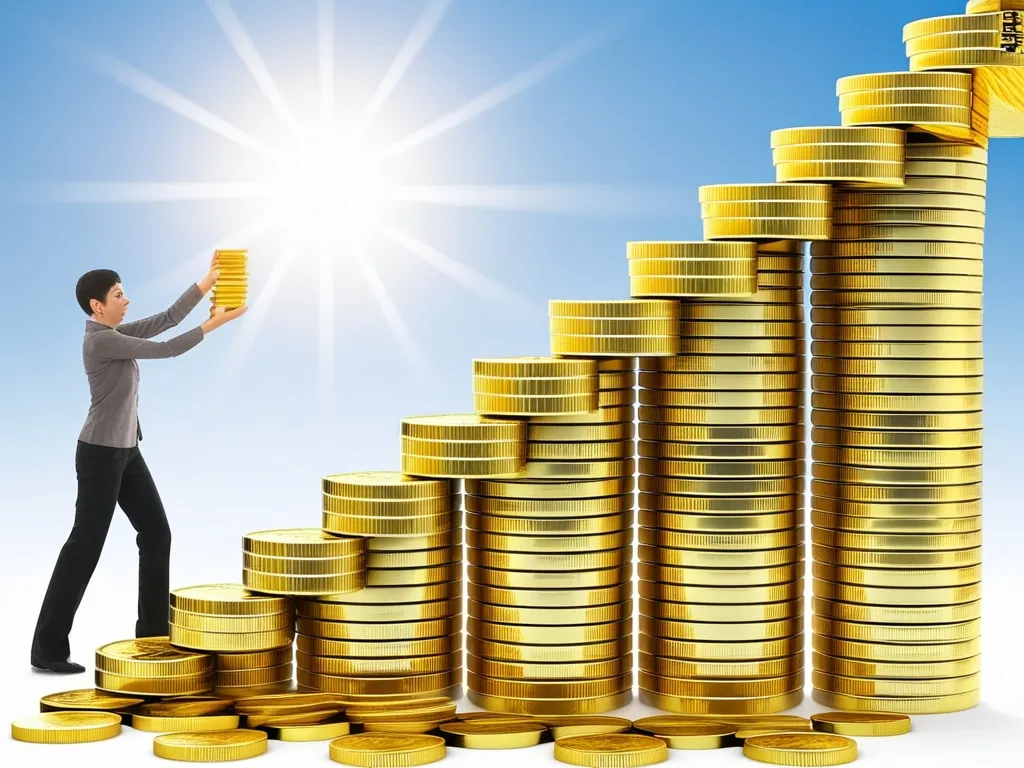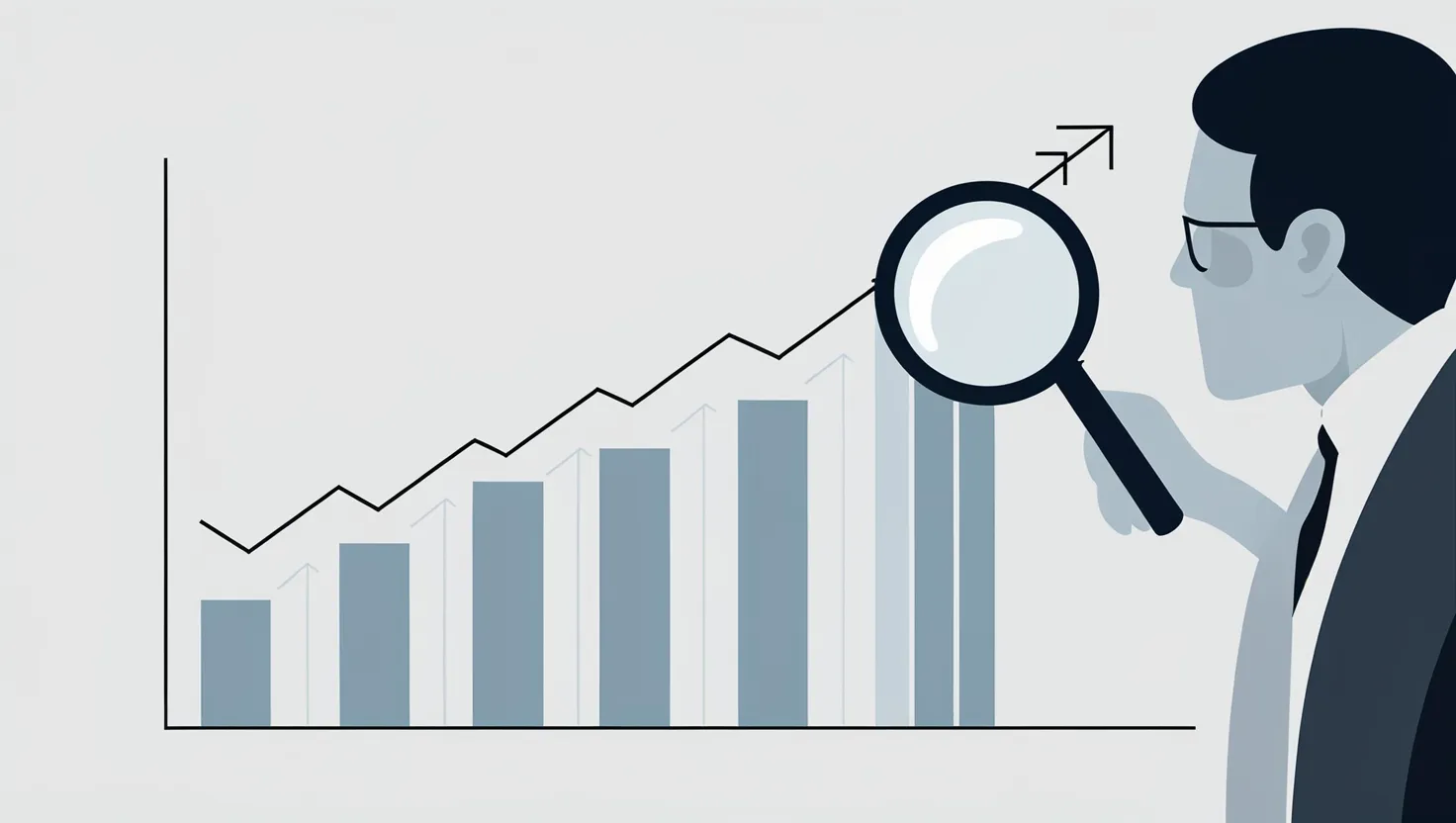Stock Buybacks: The Hidden Driver of Market Surges
When you hear about the stock market soaring, you might think it’s all about innovative companies or a booming economy. But there’s a secret player in this game that’s been making waves: corporate stock buybacks. These financial maneuvers have become a go-to strategy for many companies, and they’re shaking up the market in ways you might not expect.
So, what exactly are stock buybacks? Picture this: a company decides to buy back its own shares from the market. It’s like they’re scooping up pieces of themselves. This move reduces the number of shares out there, which can drive up the price of the remaining shares. It’s pretty simple when you think about it - fewer shares mean each one is worth more.
Now, you might be wondering why companies would want to do this. Well, there are a few reasons, but the big one is to boost their stock price. When a company buys back its shares, it creates demand, which can push the price up. This can be especially handy during tough economic times when companies want to keep their stock prices from taking a nosedive.
Take Apple, for example. They recently announced a massive $110 billion stock buyback plan - the biggest in U.S. history. It’s like they’re saying, “Hey, we think our stock is worth more than what it’s trading for right now.” Even Warren Buffett, the investing guru, uses buybacks at Berkshire Hathaway when he thinks the shares are undervalued.
But what does this mean for shareholders? Well, it’s a bit of a mixed bag. On one hand, buybacks can be a tax-efficient way to return capital to shareholders compared to dividends. Plus, if you’re holding onto your shares, you now own a bigger piece of the company pie. That can be pretty sweet if the stock price goes up.
But here’s the thing - not everyone benefits equally. The folks with more shares (usually the wealthier shareholders) tend to gain more from these buybacks. It’s kind of like the rich getting richer, which doesn’t exactly help with income inequality.
And then there’s the whole executive compensation angle. Many big-shot executives have their pay tied to stock performance. So when the company buys back shares and the stock price jumps, these execs can see their wallets fatten up too. It’s no wonder some people worry that this might lead executives to focus more on short-term stock gains rather than long-term company growth.
Now, let’s zoom out and look at the bigger picture. This trend of stock buybacks has some pretty significant economic and social implications. Over the past decade, companies have been pouring huge chunks of their profits into buybacks instead of things like employee wages, new equipment, or research and development. This has led to some pretty heated debates about corporate priorities.
Here’s a real-world example that might make you raise an eyebrow: Verizon once bought back $5 billion in stock and then claimed they couldn’t afford pay raises or better healthcare for their employees. If they had spent that $5 billion on their workers instead, each Verizon employee could have gotten a $28,000 bonus. It really makes you think about where companies are putting their money, doesn’t it?
But it’s not all doom and gloom. The recent surge in stock buybacks also tells us something about how confident companies are feeling about the economy. In just the first quarter of 2024, S&P 500 companies spent a whopping $236.8 billion on share repurchases. That’s a lot of faith in the future right there.
Interestingly, buybacks tend to become more popular when interest rates are low. It’s like companies are saying, “Well, we’re not earning much by just sitting on this cash, so let’s buy back some shares instead.” We saw this during the financial crisis and the COVID-19 pandemic when interest rates hit rock bottom.
Of course, all this buyback activity hasn’t gone unnoticed by the powers that be. Regulators and public officials are starting to take a closer look. In 2023, companies began paying a 1% tax on share repurchases, and the SEC is working on new rules to make companies be more upfront about their buyback activities.
Why all the fuss? Well, some folks worry that buybacks might be used to manipulate the market or that companies are prioritizing short-term gains over long-term growth. It’s a complex debate, with some arguing that buybacks are a legitimate way to return value to shareholders, while others see them as a harmful practice that neglects other important uses of corporate profits.
Looking ahead, it seems like stock buybacks are here to stay. With companies sitting on piles of cash and interest rates expected to drop, we’ll likely see more share repurchases in the future. This trend is backed up by the strong performance of buyback-focused stock indices, which have been outperforming the broader market in recent years.
For us regular folks trying to make sense of the stock market, understanding buybacks is key. Sure, they can give stock prices a quick boost, but they also tell us a lot about what companies are thinking and planning. It’s like peering behind the curtain of corporate strategy.
In the end, stock buybacks are more than just a financial tool - they’re a window into the soul of corporate America. Whether you’re dabbling in stocks, working for a big company, or just trying to understand how the economy works, knowing about buybacks can give you some valuable insights.
So the next time you hear about a company buying back its shares, you’ll know there’s more to the story than just numbers on a screen. It’s about corporate priorities, economic trends, and maybe even a bit of financial wizardry. Keep your eyes open, and you might just spot the next big market move before it happens.






